Misinformation is spreading like wildfire.
On Twitter, it’s no different.
Numerous spam accounts and bots plague Twitter. They share false and misleading information, which has negatively impacted user experience.
The network is now working to correct some of these problems, but only time will tell with how the network will fare.
But if new 2018 data is accurate, then the future looks dim.
Researchers at MIT recently released a comprehensive study about “the spread of true and false news online,” which examined over a decade’s worth of data.
They discovered that misinformation reached 1,500 people six times faster than valid information.
This has marketers asking the question, “How do we counteract that?”
Some are even wondering, “Is Twitter worth using?”
To effectively use Twitter and see a return on your efforts, you need to understand how to best use the network for your long-term gain.
Twitter is much different now than it was when it first debuted in 2006. It is important for marketers to understand the network’s evolution as well as its current user ecosystem.
Despite these new revelations and the current state of misinformation, I’m going to show you how to get the most out of your Twitter marketing strategy in 2018.
But before deploying your 2018 strategy, you need to understand how Twitter has changed in recent months, so you don’t make the same mistakes you’ve likely made in the past.
How understanding Twitter’s current state can strengthen your business’s marketing strategy
I’m going to guess that Twitter plays some sort of role in your marketing strategy.
A recent study asked respondents, “Which social media platforms do you use to market your business?”
Not surprisingly, Twitter emerged as one of the top platforms.
But should it be?
Lately, Twitter has had its fair share of problems.
To start, there are bots.
A Twitter bot is “a software program that sends out automated posts on Twitter.”
Often, these automated posts are tweets. Other times, the bots will automatically respond to user messages that include specific phrases.
But is this really a problem? It certainly can be.
Although some bots can be helpful for your business objectives, there has been an influx of bots permeating through Twitter’s user base.
Now, there are a lot of them.
In fact, there are an estimated 48 million bots on Twitter, accounting for 15% of Twitter’s total users.
So how many people are actually on Twitter?
Well, at the time of publication, Twitter had 336 total monthly active users.
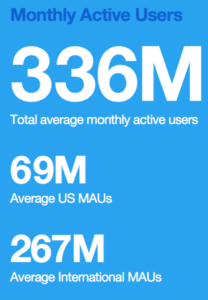
Compared to other social media sites like Facebook, YouTube, and Instagram, Twitter isn’t leading when it comes to monthly active users.
And if 15% of these users are actually bots, then that decreases the potential number of people you can market to even further.
Bots have started to impact Twitter’s user experience negatively, too.
Bots recently came under scrutiny for playing a part in spreading misinformation in the 2016 election.
Those who create bots can also program them to share spam.
A study from the Pew Research Center found that bots shared links directing traffic to sites across a variety of industries.
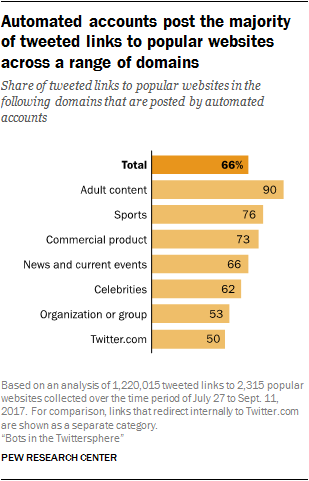
They also found that “an estimated two-thirds of tweeted links to popular sites are posted by automated accounts – not human beings.”
How’s that for making your brand feel more “human?”
While Twitter is cracking down on bots, many are skeptical that this will help with the increase of misinformation plaguing the platform.
After all, bots aren’t the only reason for a poor Twitter user experience.
In the MIT study I mentioned earlier, they found that humans are more susceptible to spreading fake news than bots.
Twitter might be able to lower the influence of bots, but trying to prevent real people from spreading false information is much harder.
In another recent study, 51% of respondents felt that “the information environment will not be improved by changes designed to reduce the spread of lies and other misinformation online.”
So with the influx of bots, spread of misinformation, and stifled user growth, how should marketers approach their Twitter strategy?
Your strategy needs to evolve with the platform and take advantage of Twitter’s strengths while keeping in mind its weaknesses.
Here are five ways to tailor your Twitter strategy for results in 2018.
Use Twitter for quick, direct customer service interactions and resolutions
We’ve all been there.
You need a piece of information that you can’t find on a business’ website and don’t really want to call them.
“Oh, I’ll just tweet at them, because they’ll probably reply,” you think to yourself.
This is more common than you probably think.
Investing time and resources in your Twitter customer service strategy is important for the long-term growth of your business.
Sometimes, your customers need a bit of TLC. And this is where Twitter can shine.
In fact, 85% of Twitter users said that it’s important that businesses provide customer support on Twitter.
By being responsive on Twitter, you add a level of transparency to your business’ brand. Your business will seem more helpful and approachable.
And, Dove proves it.
In 2017, Dove focused on responding to more tweets which, in turn, resulted in an increase in positive sentiment from customers.
Dove’s net positive sentiment was 41% in the last three months of 2016, and three months later, that sentiment score rose to 43%.
That’s a lot to gain with minimal effort.
You may be wondering, “But how do you provide optimal service through Twitter?”
It’s different for each company, but there are some specific strategies to maximize your responses.
Most companies direct public inquiries to their DMs if any sensitive information needs to be transferred.
And, now since Twitter’s launch of the new Direct Message features, we’re seeing brands build a more personalized, one-on-one experiences for customers.
Like Patrón Tequila.
Patrón built the “Bot-Tender” — a chatbot “bartender” — that uses Patrón’s Direct Messages that serves up cocktail recommendations based on the consumer’s preferences.
The “Bot-Tender” resulted in 39% of click-through rate to the website and 2.6% click-through rate using the direct message card.
In some instances, it might even make sense to gather additional information about your customers to better manage the issue. This could help you:
- Look up their order number to better understand the circumstances.
- Let customers place an order directly like TGIFridays.
In some instances, you can even set up a chatbot to accept orders with a hashtag.
For example, Wingstop uses a bot to accept orders from people who Tweet ‘@Wingstop #Order’:
Now, that’s an example of optimal customer experience that doesn’t rely on a wing and a prayer.
Also, depending on the size of their business or the number of customer inquiries a company receives, some even have specific accounts solely focused on helping customers.
For example, LinkedIn owns both the handles @LinkedIn and @LinkedInHelp.
Both channels exist for different objectives. @LinkedIn provides general updates, company news and announcements of features, while @LinkedInHelp focuses on customer support.
Both accounts are valuable for LinkedIn’s overarching Twitter strategy.
Private messages have become a popular way to resolve issues, so the platform has included a feature that enables you to include a “Send a private message” link on a tweet.
To do so, make sure your account is accepting direct messages from anyone. Begin by accessing your Settings tab.
Click the “Privacy and Safety” tab on the left side.
Check the box to “Receive Direct Messages from Anyone.”
Find your TwitterID using TweeterID and add it to the end of this link in place of YourTwitterID:
Now, you can add that URL with your own TwitterID inserted into any tweet, and the “Send a private message” button will appear directing your customers into a private conversation.
Focus on sharing video content for higher engagement with your followers
Sharing video content on Twitter isn’t exactly new.
But over the past few years, Twitter has continuously worked to evolve how your video can be shared and the impact it can generate. (They’re even teasing a Snapchat sharing tool!)
The result? Users are eating it up.
Will you deliver?
If you don’t, it’ll be costly. The stats don’t lie; video views on Twitter have grown 220x what they were 12 months ago.
But can video cut through th
source https://blog.kissmetrics.com/is-twitter-worth-your-time/
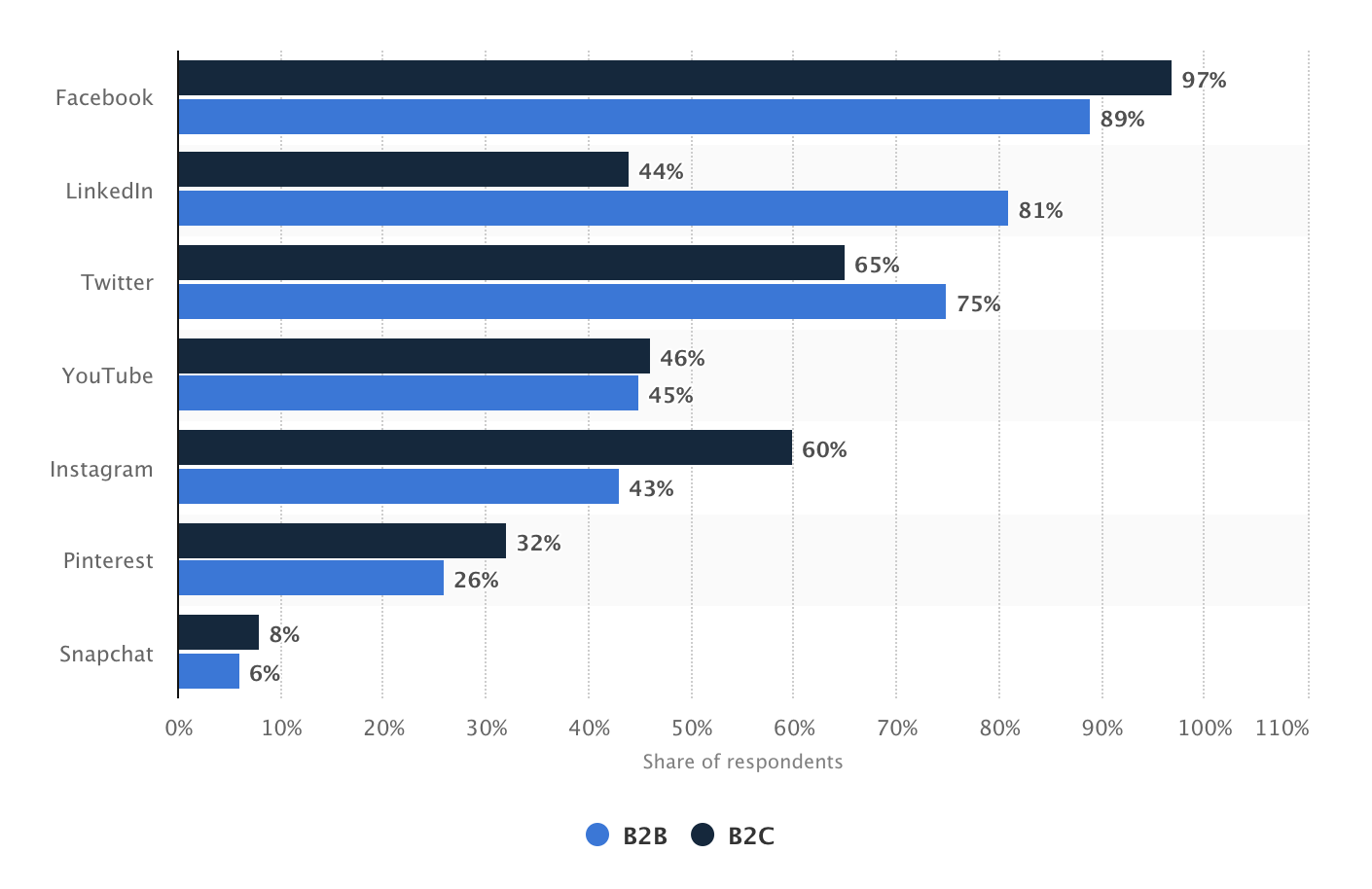
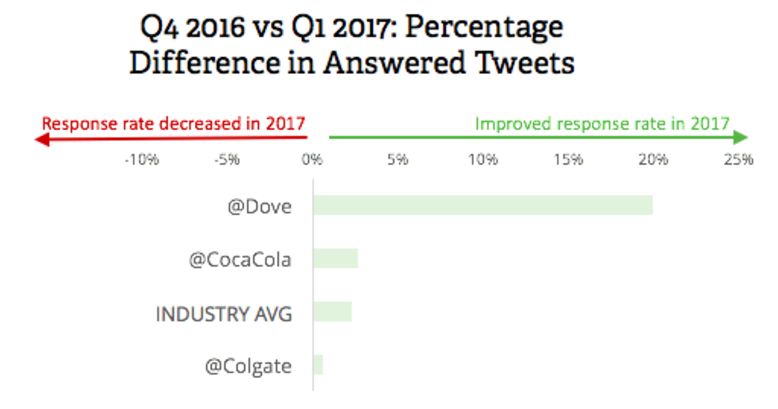

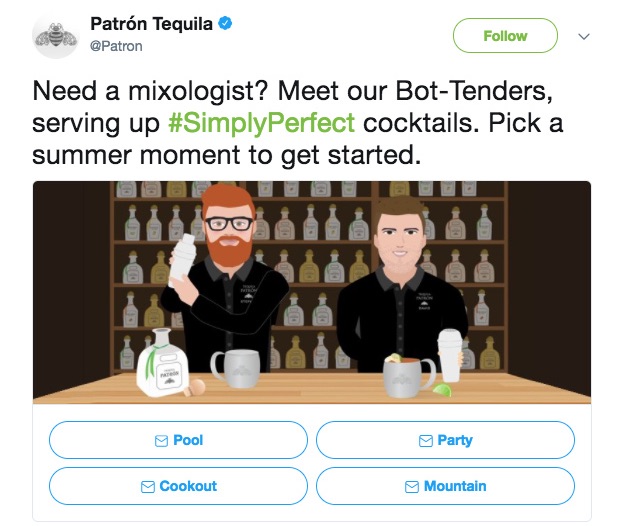
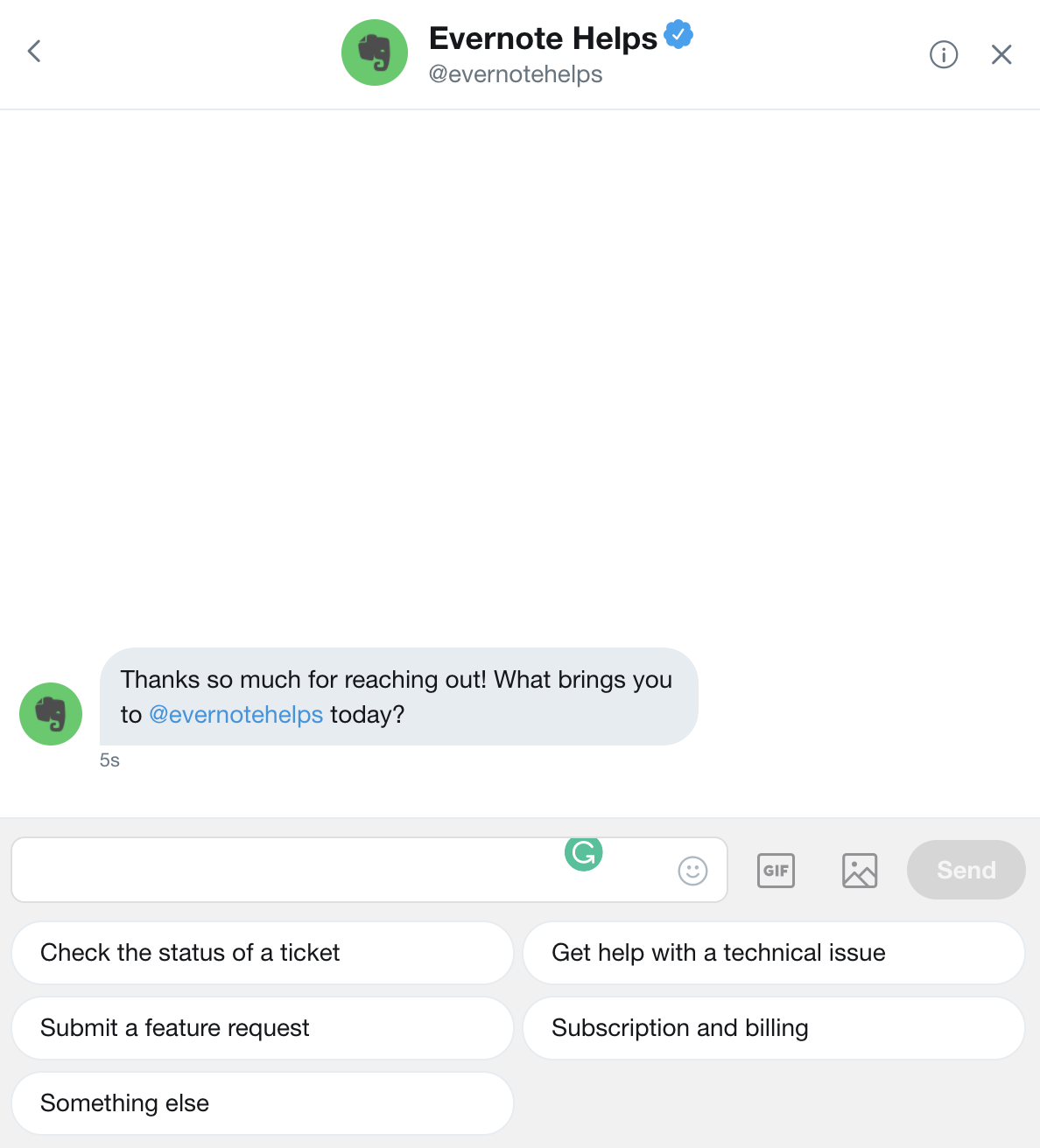
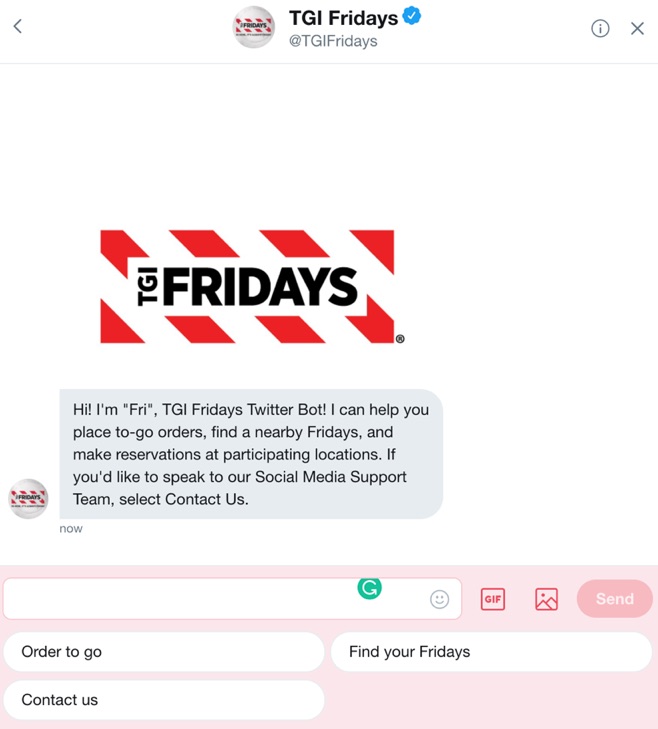
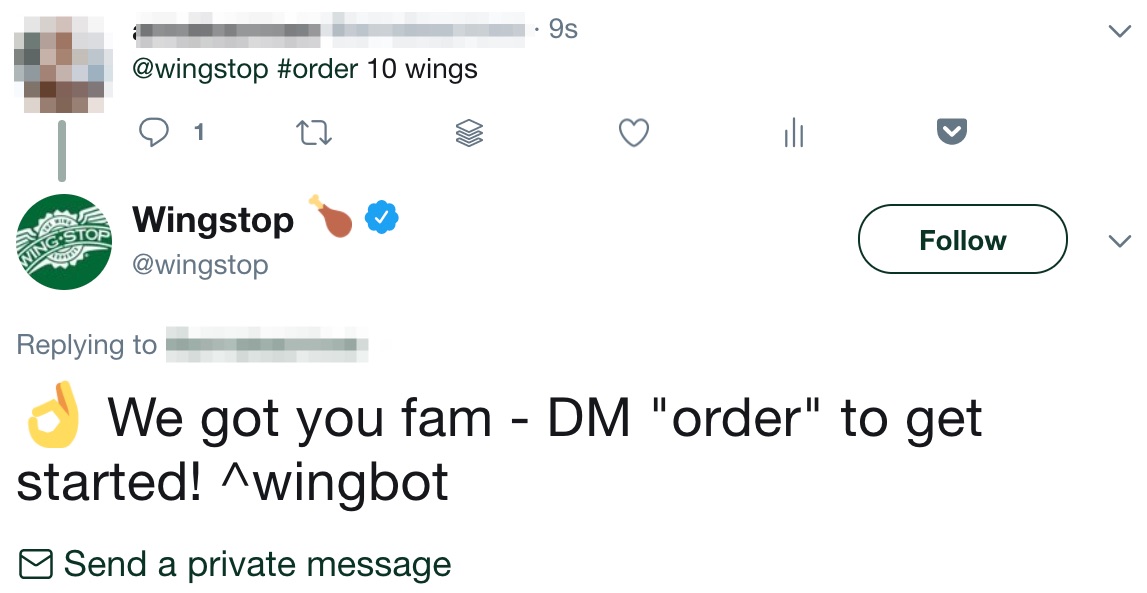



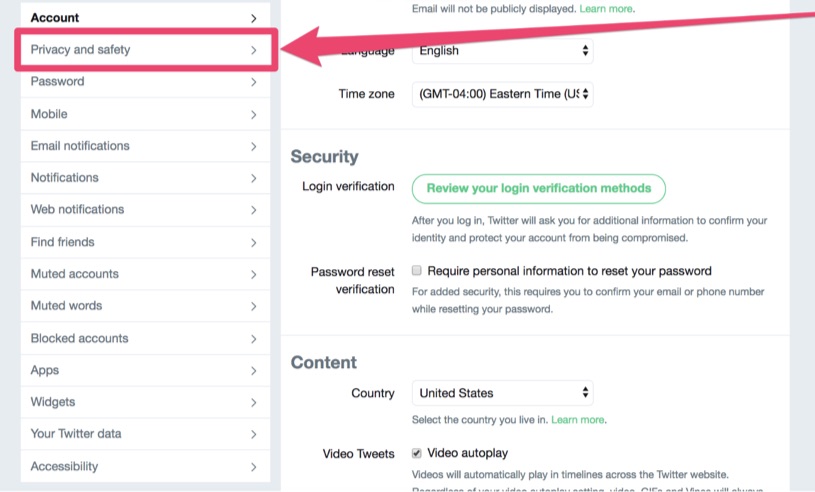


No comments:
Post a Comment